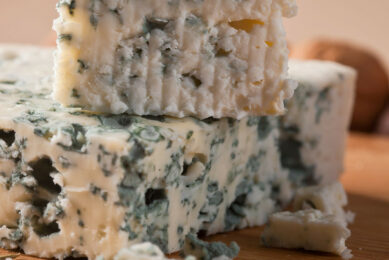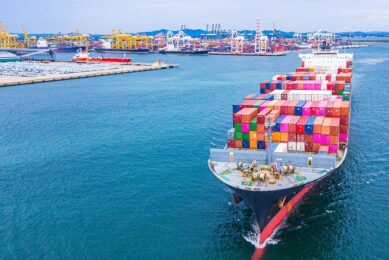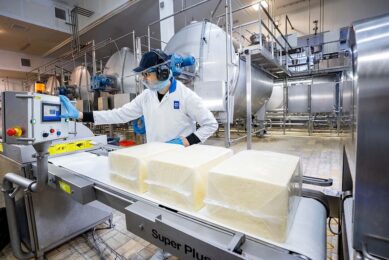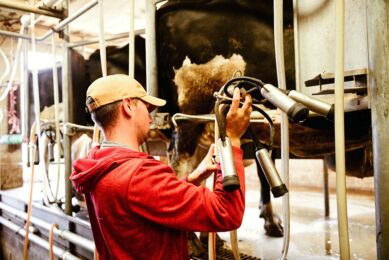Venezuela: A taste for artisanal cheeses
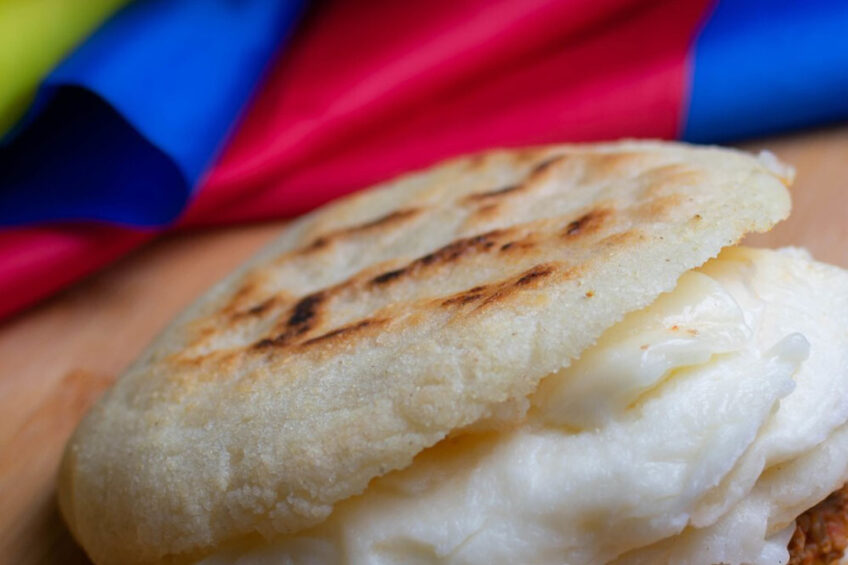
Venezuela’s milk production in 2021 increased by just 2% since 2020, with the formal dairy industry processing 12% of its 1.5 billion litres in 2021 and working at 20% of its capacity. Here is a quick overview of the sector.
The reasons cited for the formal dairy industry only working at 20% capacity is due to the collapse of the market and Venezuelan consumers preferring artisanal cheeses, says a USDA report.
The artisanal cheeses are provided and produced primarily by the informal industry over industrial products and pasteurised milk. Approximately 4 million cows produced milk in 2021, and most of this milk (88%) was used to produce unpasteurised fresh cheese or artisanal cheese.
A glance at Venezuela’s dairy sector
Following a 16% drop between 2015 and 2019 due to the economic collapse, decreasing demand and low prices, Venezuelan milk production in 2021 stabilised at around 1.52 billion litres per year. To provide a general overview of the sector:, in 2012, Venezuelan imports of dairy products peaked at US$1.3 billion but then declined rapidly following the economic collapse of 2015. Dairy product consumption fell to an all-time low in 2018, reaching 56 litres per capita.
Brazil is the top supplier of dairy exports to Venezuela, followed by Colombia, the EU and the US.
Venezuela’s cattle production, according to the USDA, includes both single-purpose (i.e., milk or beef) and dual-purpose operations (i.e., milk and beef). Dual-purpose operations represent an estimated 58% of the national herd in Venezuela and contribute 95% of the milk supply and up to 60% of the beef produced in Venezuela.
According to official Venezuelan data, the cattle herd reached 15.4 million head in 2021. Private sources estimate the herd size between 9 and 11 million head, with 95,000 dual-purpose ranches and 5,000 specialised dairy farms. Total area of livestock production is estimated at 13 million hectares (32 million acres).
Outlook for 2022
Venezuela’s dairy sector faces issues like lack of financing, fuel shortages, power failures, and collapsing public infrastructure. In 2022, FAS Caracas forecasts production will be 1.55 billion litres, just slightly above last year. Consumption is expected to grow 5% to 63 litres per capita due to the stabilisation of the economy, lower inflation, enough local supply of dairy products, and a slight growth in imports.
It is also predicted that dairy imports will remain stable at about US$110 million with market share similar to 2021. The dairy products with the most significant growth potential for US exporters are non-fat dry milk, cheeses, infant formulas, and dairy ingredients for the food industry.
Source and for full report: USDA
Join 13,000+ subscribers
Subscribe to our newsletter to stay updated about all the need-to-know content in the dairy sector, two times a week.



